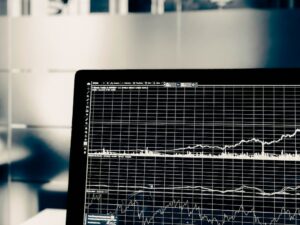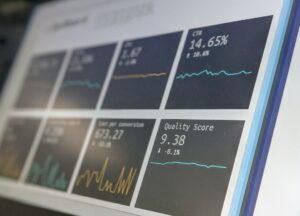Forex Rate Live vs Historical Data: Which is More Reliable for Analysis?
When it comes to analyzing the foreign exchange market, traders rely on various tools and resources to make informed decisions. One crucial aspect of this analysis is the use of forex rates, which provide real-time information about the value of different currencies in relation to one another. However, there is an ongoing debate about the reliability of live forex rates versus historical data for accurate analysis. In this article, we will explore the advantages and limitations of both approaches to help traders understand which one is more reliable for their analysis.
Live forex rates, also known as spot rates, provide traders with up-to-the-minute information on currency exchange rates. These rates are derived from the interbank market, where large financial institutions and banks trade currencies. Live rates are constantly changing, reflecting the dynamic nature of the forex market. This real-time information is highly valuable for traders who need to make quick decisions or execute trades in a rapidly changing market.
One of the main advantages of live forex rates is their ability to capture immediate market sentiment. Traders can gauge the demand and supply dynamics of a particular currency pair by observing how the rates fluctuate. For example, if the rate of a currency pair suddenly spikes, it may indicate increased buying interest or a sudden shift in market sentiment. This information can be valuable for short-term traders who rely on volatility to profit from quick market movements.
Furthermore, live rates allow traders to react swiftly to economic news and events that can significantly impact the forex market. Central bank announcements, economic data releases, and geopolitical events can all cause rapid fluctuations in currency values. By monitoring live rates, traders can adjust their strategies or enter and exit positions based on these market-moving events.
However, live forex rates also have their limitations. The fast-paced nature of the forex market means that rates can be highly volatile, leading to sudden and unpredictable fluctuations. This volatility can make it challenging for traders to accurately assess the long-term trends or underlying patterns in the market. Moreover, the constant changes in live rates can create a sense of urgency and pressure for traders to make quick decisions, potentially leading to impulsive and irrational trading behavior.
This is where historical data comes into play. Historical forex data provides a comprehensive record of past exchange rates, allowing traders to analyze patterns, trends, and correlations over a specific time period. By examining historical data, traders can gain insights into how currency pairs have behaved in the past and use this information to forecast potential future movements.
One of the key advantages of historical data is its ability to reveal long-term trends and market cycles. By examining data over a significant period, traders can identify recurring patterns and use this knowledge to make more informed trading decisions. Historical data also allows traders to backtest their strategies and evaluate their performance over time. This enables traders to refine their strategies based on historical results, increasing the chances of success in the future.
Moreover, historical data can help traders assess the overall market sentiment and identify key support and resistance levels. By analyzing past price levels, traders can determine areas where prices have historically struggled to break through or have consistently reversed. This information can be valuable for setting entry and exit points and managing risk.
However, historical data also has its limitations. It is important to note that past performance is not always indicative of future results. Market conditions can change, and historical data may not accurately reflect the current market environment. Additionally, historical data may not capture all the nuances and complexities of the forex market, especially during periods of extreme volatility or market disruptions.
In conclusion, both live forex rates and historical data have their advantages and limitations when it comes to analyzing the forex market. Live rates are valuable for capturing real-time market sentiment and reacting swiftly to market-moving events. On the other hand, historical data provides a comprehensive record of past exchange rates, allowing traders to identify trends, patterns, and key levels.
To make informed trading decisions, it is advisable for traders to combine the use of both live rates and historical data. By monitoring live rates and analyzing historical data, traders can gain a deeper understanding of the market dynamics and make more accurate predictions. Ultimately, the reliability of analysis depends on the trader’s ability to interpret and use these tools effectively to navigate the complexities of the forex market.





